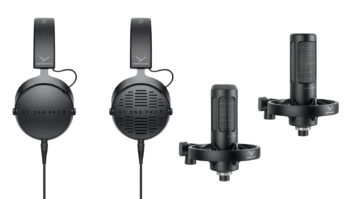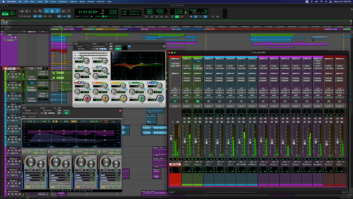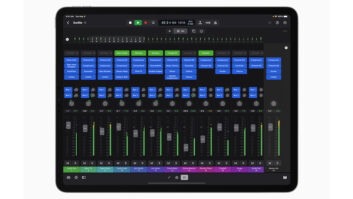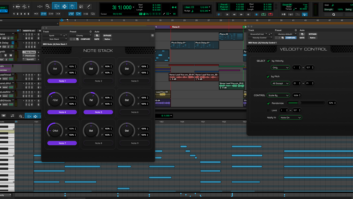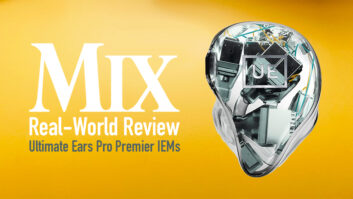We’re all in an industry called “Professional Audio,” but, unfortunately, it ain’t always what it seems. Along the way, what was pro audio became entangled in a lot of other “pros,” such as semi-pro, demi-pro, hemi-pro and quasi-pro.
Sometimes, the blurring of lines makes a lot of sense, like when exotic, audiophile-consumer amplifiers edge their way into control rooms, or when you find yourself occasionally patching a Mutron Bi-phase pedal into a Neve console to create a certain effect. Besides keeping our adapter drawers well stocked, the increasing amount of “non-pro” gear in our lives requires some creative interfacing in the areas of impedance and level matching. It’s enough to make one wistful for the good old days of the all-XLR/+4dBu environment. Any mastering engineer who’s attempted to optimize somebody’s homebrew mix will yearn for that bygone era when “engineers” understood gain structure, compression, equalization and what those funny lights on the meters actually mean.
On the product side, with shifting customer segments and a dwindling “pro” market, companies specializing in professional audio gear — such as Avalon, DPA, Manley, Meyer and Neumann — are facing increased competition from the semi-pro (and even quasi-pro) side. Meanwhile, computer companies have been buying audio software firms at a rapid clip (see “Who Owns My DAW?”, page 40), often to use just part of the existing technology and simply abandoning the rest of that company’s line. We’re a small segment of the audio production market, and pro interests don’t necessarily come first during such acquisitions.
Can pro audio exist in a prosumer world? Absolutely, but with some caveats: Keep an eye on wall warts — the anathema of low-cost gear — as cheap transformers powered up 24/7 (even when not in use) represent a potential fire hazard and should be powered down when your gear’s offline. Also, you get what you pay for, so if reliability is an issue, then spend a little more and get something solid, especially with products such as mics or preamps that you may be using 10 or 20 years from now. Here, a couple extra bucks spent for pro gear today could provide an excellent return for years to come.
In our rush to develop pro audio into an “industry,” we’ve developed job titles such as “recording engineer” and “sound reinforcement engineer.” Perhaps we should return to the unfortunately now-archaic term “soundman” (or its modern equivalent, “soundperson”), as we exist in one of the few disciplines where anyone with $20 can drop by a Kinko’s and print up cards professing themself as an “engineer,” with no training or certification. In other industries, with jobs such as “structural engineer” or even “locomotive engineer,” unqualified persons using an “engineer” title could be subject to civil and/or criminal action! Who’s to blame when some well-meaning but clueless member of a local church (who knows audio, having once been “in a band”) saves some money by installing a music store sound system with unsafe rigging, hanging improper cabinets over the congregation?
Is there any relief in sight? Sure, at AES, a show just for us. At this month’s convention in New York, you’ll actually be surrounded by real products made for pro applications and real pros talking about the craft. Any true audio professional should feel right at home.
See you there!

